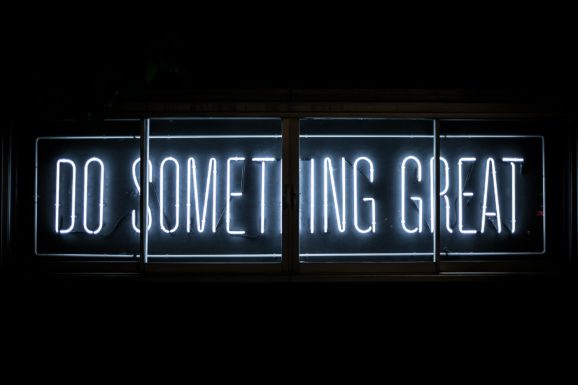The past few months have brought visibility to the systemic inequalities pervading society and business as we know it. As a result, there is a surge in camaraderie happening within the private sector. This is both uplifting and promising in the quest to drive change and a new, much improved, normal.
The Case for Diversity, Equity, and Inclusion 4.0, recently published by the World Economic Forum, calls it a moral, legal, and economic imperative for diversity, equity, and inclusion to take the stage in the private sector.
Moral, because access and opportunities for all people to work under fair conditions is the right thing to do. Legal, due to the conventions to end discrimination from all aspects of work from the International Labour Organization (ILO). And economic, because it just makes sense.
For example, companies leading their geography and industry in diversity, equity, and inclusion perform better than their market average. They tend to be 25%-30% more likely to outperform on profitability. Innovation revenue rates are up to 20% higher. On decision-making, they show up to 30% greater ability of spotting and reducing business risks. And there is a statistically significant causal relationship with engagement and retention, for all employees.
Corporate commitments to diversity and inclusion continue to show up in corporate statements (see some of them here). This commitment is also reflected in the spike in D&I trainings in the workplace.
But just how effective are D&I trainings and company commitments?
Diversity, equity, and inclusion requires an organization-wide effort. We need the most senior leaders to lead by example. Moreover, we need every manager and every employee to get on board with the commitment to diversity, equity, and inclusion.
A new normal goes beyond outsourcing training of staff on D&I or writing a heartfelt statement. D&I trainings can fail to address directly and clearly historical inequalities that led to the current situation. For instance, statements and D&I trainings often help companies more than the employees and communities they are trying to support.
So, what can be done?
What can white employees and leaders do, if they are ready to embark on the uncomfortable and hard work required to achieve racial equity and inclusion? Most importantly, how do we make sure Black leaders and employees don’t do all the work?
Ben Hecht, President & CEO of Living Cities, recommends learning to be an ally and a mentor in the fight for racial equality. Here are three very feasible tactics worth considering:
1. Understand power: understand how power works and how we can use it for change (i.e. U.S. laws, policies, and practices legally separated white and black people from 1619 to 1965). Ask yourself the following questions: What informal and formal power do I hold to shift culture? How should I wield it to change damaging norms and power dynamics within our institution? What are the definitions of “professionalism” and “appropriateness” we follow in our companies?
2. Embrace conflict as part of the process: challenge patterns, that may be continuing structural disadvantages, in the workplace and in one’s own bias. For leaders, Hecht recommends modeling a supportive culture that allows for conflict without defensiveness. This type of conflict allows for the display of vulnerability in public as disparities and concerns arise.
3. Long term transformation with ongoing learning: be ready to confront our own white fragility or to share the harms one has experienced in the office as a person of color. Understand the burden placed on people of color who lead the processes to build a new inclusive culture.
It is everyone’s responsibility to fight racism: We should all carry that burden.
As a leader, pay attention to the language in job advertisements. Train and incentivize, acknowledge employee’s experiences, and benchmark diversity, equity and inclusion through pay and progression equity. Recognize diversity and inclusion efforts as real work and make sure whoever leads these efforts gets paid for the job.
Let’s reset to a new normal with diversity, equity and inclusion deeply embedded in the culture and in the workplace.
You can find more details in Ben Hecht’s full article here.
